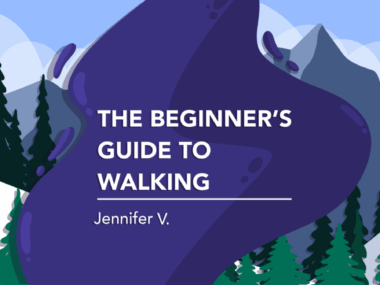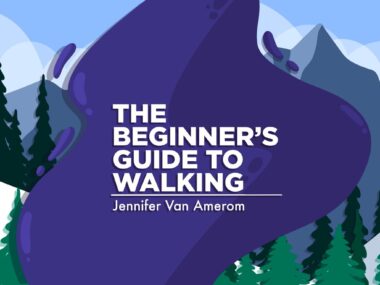The importance of routines in managing my NMOSD
How consistency helps me notice deviations in my health
Written by |

Before I was diagnosed with neuromyelitis optica spectrum disorder (NMOSD), I never gave much thought to routine. I’d sleep when I felt tired, exercise when I had the motivation, and take life as it came.
But after NMOSD entered my world, I quickly learned that unpredictability was no longer a luxury I could afford. Now, routine isn’t just a way to manage my life; it’s my lifeline.
Getting up on time for medication
I hate alarm clocks because I’m not a morning person. However, getting up on time isn’t just about being productive and maximizing the day; it’s about giving my body the greatest chance to feel its best. For years now, I’ve woken up with purpose because my medication schedule is nonnegotiable. If I miss a dose of gabapentin or baclofen, or even take it late, I feel it shortly after. It’s a quiet and powerful reminder that NMOSD is in charge and that my body needs consistency.
But I’ve found ways to turn the negative act of pill consumption into positive acts of kindness toward myself. I usually pair my first doses of medication with a cup of tea, and I give myself a moment to mentally anchor for the day. The small act of self-respect reinforces that I’m caring for myself in the most essential way.
Prioritizing sleep to manage symptoms
I still compromise sleep when life gets busy or when I’m enjoying myself, and I stay up later than I should, but I recognize that sleep is a pillar of my well-being. I also miss sleep sometimes because finding a comfortable position can be a challenge, and some medication, like Suboxone (buprenorphine and naloxone), gets me too wired to fall and stay asleep.
That’s why I have a love-hate relationship with sleep. If I don’t get enough, my vision can feel blurry in the morning, my balance will be off, and even my mood feels off-kilter. Here’s the tricky part: Those issues can also be early signs of an NMOSD flare. Without a good sleep routine, it’s almost impossible to tell the difference, though.
Recently I’ve started building a better bedtime ritual that helps me settle in for the night. I have a detailed skin routine, I’ll journal instead of watching TV, and I’ll listen to soft music while I drift off.
Staying motivated in my exercise regimen
Sticking to an exercise routine with NMOSD is a challenge. Some days, it feels like my body is made of lead. But I’ve learned that movement — gentle stretching, balance work, light cardio — makes a difference. It keeps my muscles engaged and my mind grounded.
More than that, regular exercise helps me check in with my body. If I suddenly feel unstable while walking or notice weakness during a workout, it’s a signal that something might be changing. Routine helps me distinguish between a bad day and a symptom that needs attention.
Tuning in to the subtle shifts
One of the hardest parts of living with NMOSD is how symptoms can sneak in quietly. Vision might fade gradually. Balance issues might start with a few unnoticed stumbles. If my life were chaotic, I might brush it off: “I’m just tired,” “It’s probably stress,” or “I didn’t sleep well.”
But with a solid routine in place, changes stand out like sharp edges on a smooth surface. The moments when I pause and think “This feels different” come from having enough consistency to notice deviation. That awareness has helped me catch flare-ups early — and get the help I need before things worsen.
People sometimes think routine is restrictive, but for me, it’s the opposite. It’s empowering. It’s a way of saying: I value myself enough to be intentional. I’m willing to show up every day for my health, even when it’s hard.
There are days I resent the alarms, the rituals, the careful planning. But I also see how each piece holds me together. It’s not just about managing a disease; it’s about reclaiming life in a way that’s steady, thoughtful, and deeply personal.
NMOSD changed my world. But routine gave me the tools to shape a new one.
Note: Neuromyelitis News is strictly a news and information website about the disease. It does not provide medical advice, diagnosis, or treatment. This content is not intended to be a substitute for professional medical advice, diagnosis, or treatment. Always seek the advice of your physician or other qualified health providers with any questions you may have regarding a medical condition. Never disregard professional medical advice or delay in seeking it because of something you have read on this website. The opinions expressed in this column are not those of Neuromyelitis News or its parent company, Bionews, and are intended to spark discussion about issues pertaining to neuromyelitis optica spectrum disorder.






Leave a comment
Fill in the required fields to post. Your email address will not be published.